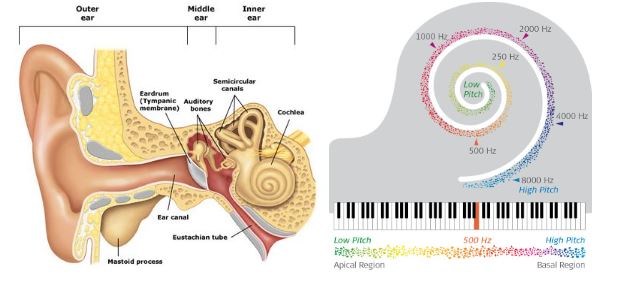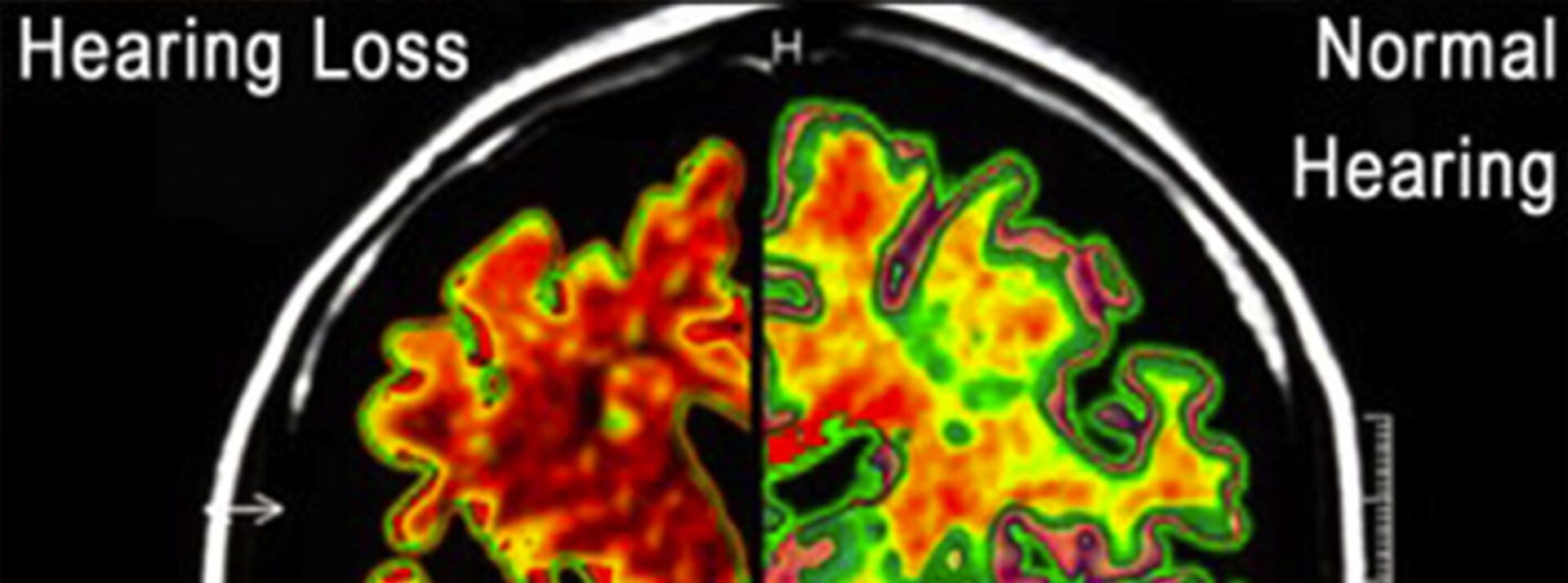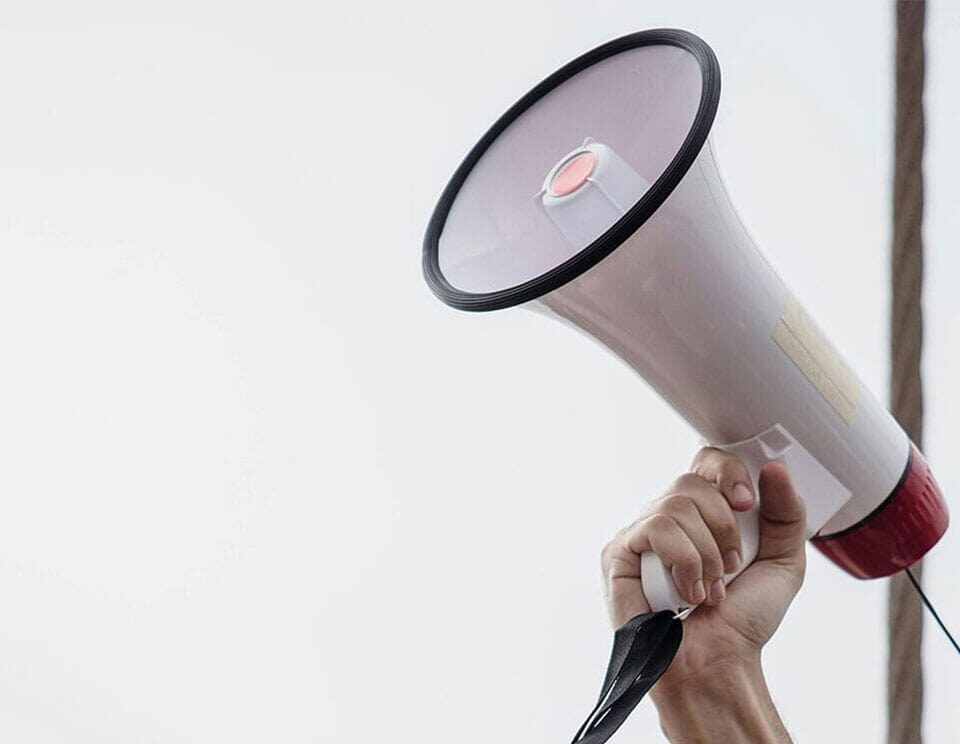Sound travels in a wave from a sound source in our environment into our ear. There are a series of checkpoints the sound wave must pass through in order for our brains to hear a sound and correctly identify it as ‘a door closing’ or ‘a dog barking’. If there are problems at any of the checkpoints, temporary or permanent hearing loss may be experienced.

- The waves are collected by our pinna (what you think of as your ‘ear’) and travel into our external ear canal until they reach the ear drum, or tympanic membrane.
- From there the sound wave passes the vibrations through 3 small auditory bones, or ossicles, that are housed in the middle ear. In order, the bones are the Maleus, Incus, and Stapes.
- The physical vibrations move from the bones to the cochlea, causing a fluid in the cochlea to move, activating areas along the cochlea that correspond to different pitches or frequencies. Think of the snail shaped cochlea laid out flat like a piano, low pitches on one end, high pitches on the other.
- When a certain pitch place is activated, that section of the cochlea fires a signal up the auditory nerve and into the hearing part of our brain where it is processed.
About the Author

Lauren Schofield
Inspired by her younger brother’s experience with hearing loss, Lauren pursued a career in audiology after completing a Health Science degree at Western University. She earned her Master's in Communication Disorders in London, Ontario, with a special interest in pediatric audiology. Her professional experience includes work at pediatric centres in Kelowna and Toronto, including The Hospital for Sick Children and Humber River Hospital. With a lifelong love of music from her background in competitive dance, she is passionate about helping others hear in meaningful ways. In Lauren's free time, she enjoys live music, cooking, and spending time outdoors.






